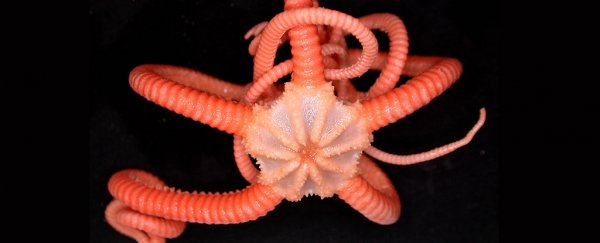Off the coast of southern Tasmania, Australia, in the submerged mountains of a protected marine park, scientists have turned up more than 100 unnamed species from the deep sea.
Each of these creatures or corals is as fascinating and bizarre-looking as the next. There are lobsters with awkwardly long arms, worms with iridescent rings of segmentation, crabs with jagged armour, and blobs of… fish.
No kidding - they actually found one of those disappointed-looking blobfish.
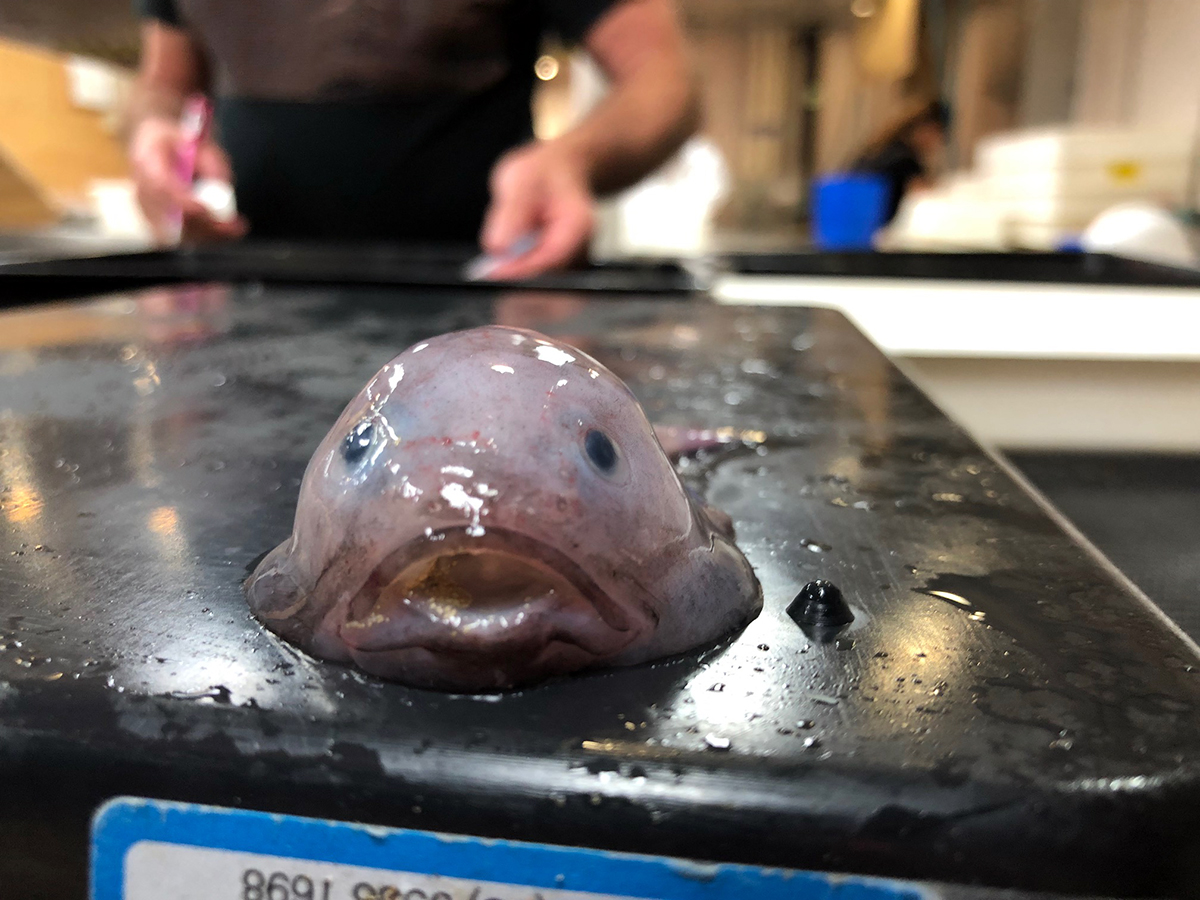 Blob fish (Psychrolutes marcidus). (CSIRO)
Blob fish (Psychrolutes marcidus). (CSIRO)
It took four weeks for scientists at CSIRO to survey just 45 of these underwater sea mounts - a small section of the entire region, which is a cluster of more than 100 seamounts, famous around the world for the deep-sea corals and creatures they host.
Unfortunately, however, these fragile and slow-growing ecosystems are facing a rocky future the world over, thanks in large part to human activity like fishing, mining, and climate-related changes to the ocean, including warming temperatures and growing acidity.
Understanding as much as we can about these ecosystems is imperative for their continued survival. And Tasmania's protected ecosystems are the perfect way to study the benefits of conservation.
"Research voyages such as these are critically important to helping us understand, appreciate and protect Australian Marine Parks," says Jason Mundy, the head of Parks Australia's Marine Protected Areas Branch and a member of the survey team.
"The images from this voyage remind us what extraordinary and diverse environments we are protecting in these special places."
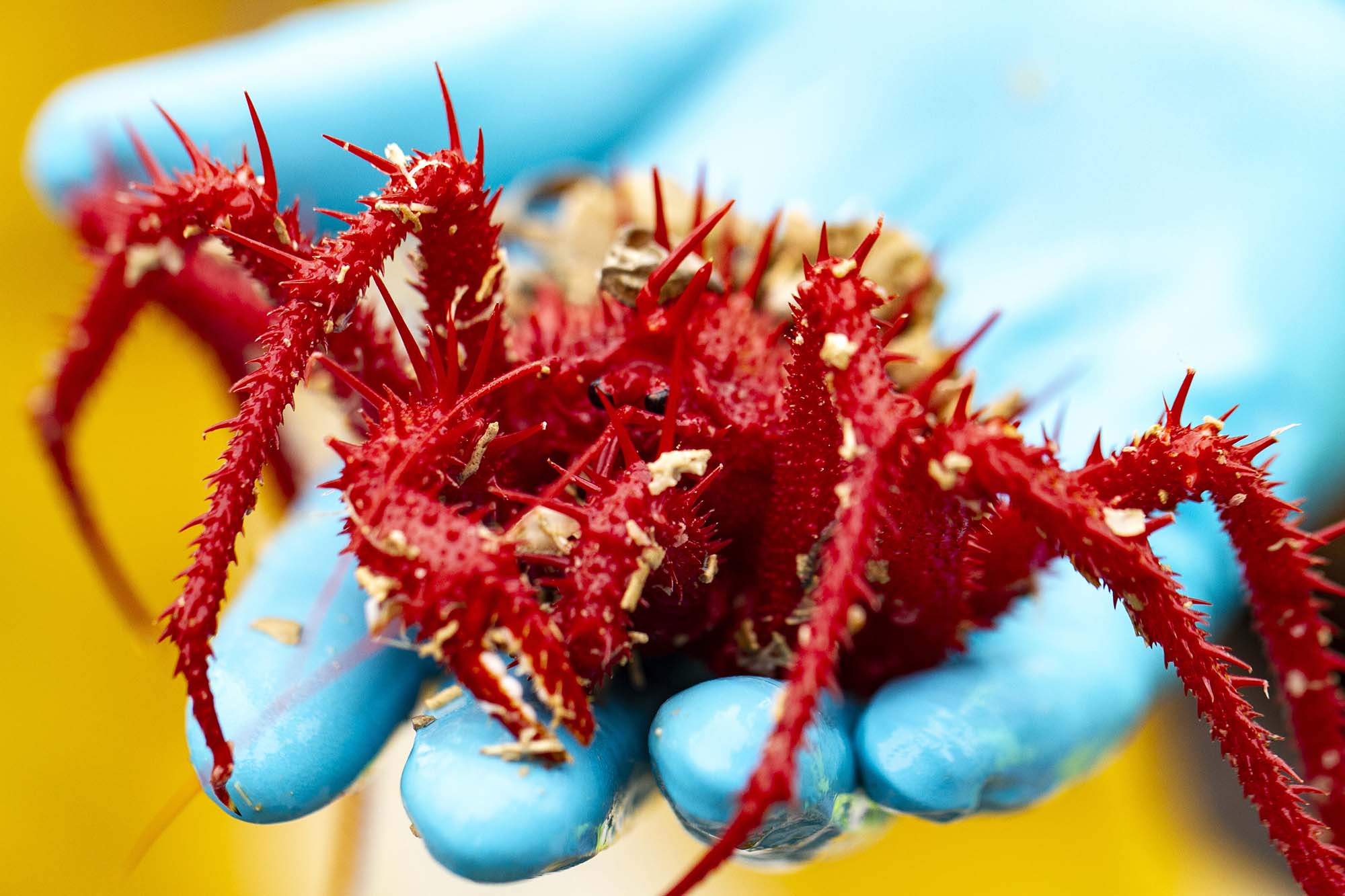 Rock crab (Neolithodes bronwynae). (Fraser Johnston)
Rock crab (Neolithodes bronwynae). (Fraser Johnston)
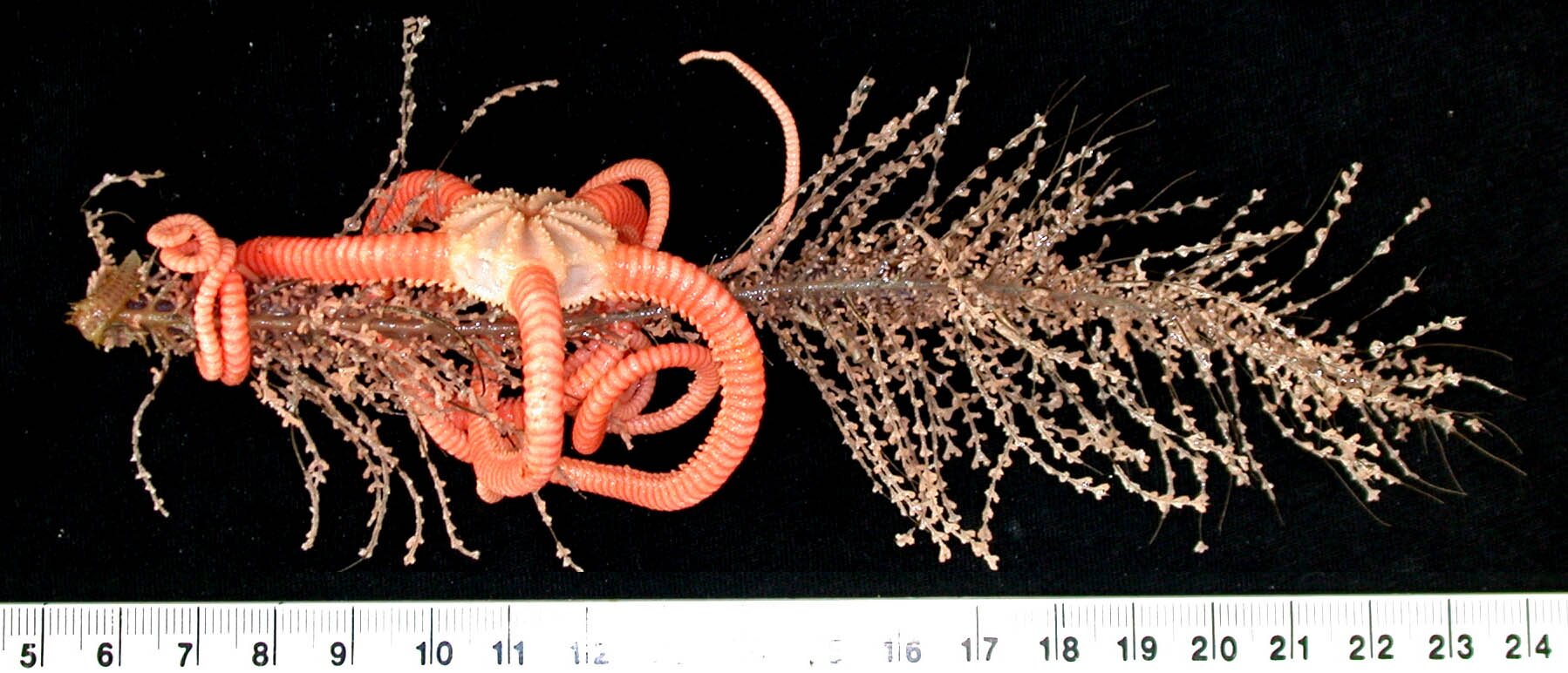 A species of brittle star (Gorgonocephalidae sp.). (CSIRO)
A species of brittle star (Gorgonocephalidae sp.). (CSIRO)
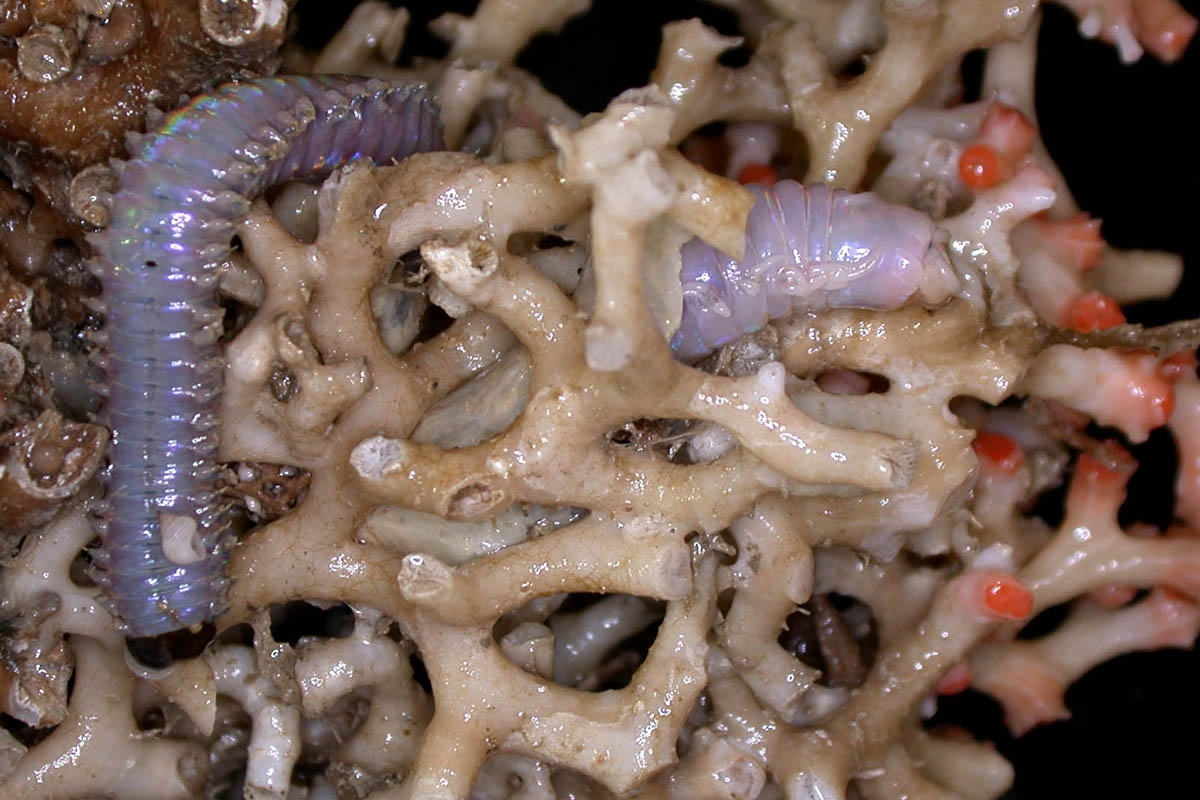 A polycahaete worm (Eunicidae sp.) on Solenosmilia coral. (CSIRO)
A polycahaete worm (Eunicidae sp.) on Solenosmilia coral. (CSIRO)
The team described how they 'flew' a high-tech camera system near the bottom of the seafloor, at depths of up to 1,900 metres, to explore this undulating, rocky terrain for the first time ever.
Altogether, the findings include 60,000 images and some 300 hours of video footage - an extensive exploration of dense coral reefs, spotted with tulip-shaped sponges, and visited by bioluminescent squids, ghost sharks, rays, basketwork eels and much more.
Some of the species collected were entirely new to science, including the squat lobster and hat maker crab below.
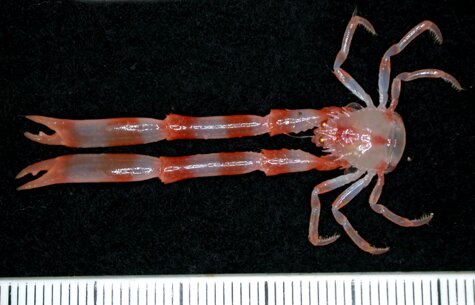 A new species of squat lobster. (CSIRO)
A new species of squat lobster. (CSIRO)
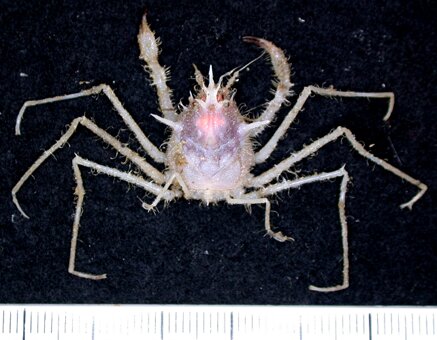 A new species of hat maker crab. (CSIRO)
A new species of hat maker crab. (CSIRO)
Others were not new but they did display interesting behaviours, including how species like brittlestars and polychaete worms interacted with corals.
Even above the water, there was plenty to observe. The researchers collected data on more than 40 species of seabirds, and several whale and dolphin species.
"While it will take months to fully analyse the coral distributions, we have already seen healthy deep-sea coral communities on many smaller seafloor hills and raised ridges away from the seamounts, to depths of 1,450 metres," says the lead voyage scientist Alan Williams, who researches deep-sea biodiversity at CSIRO.
"This means that there is more of this important coral reef in the Huon and Tasman Fracture marine parks than we previously realised."
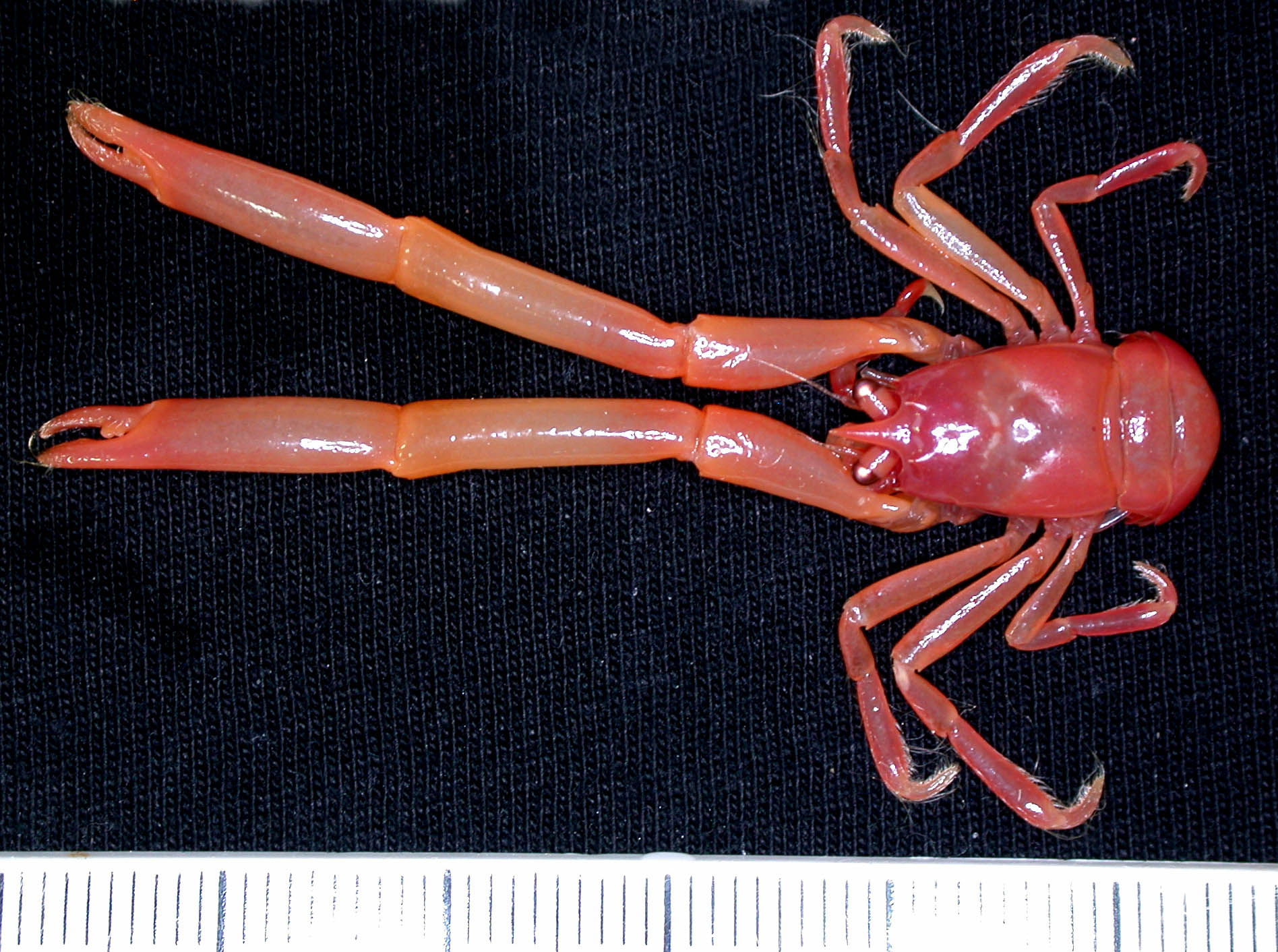 Squat lobster (Uroptychus litosus). CSIRO)
Squat lobster (Uroptychus litosus). CSIRO)
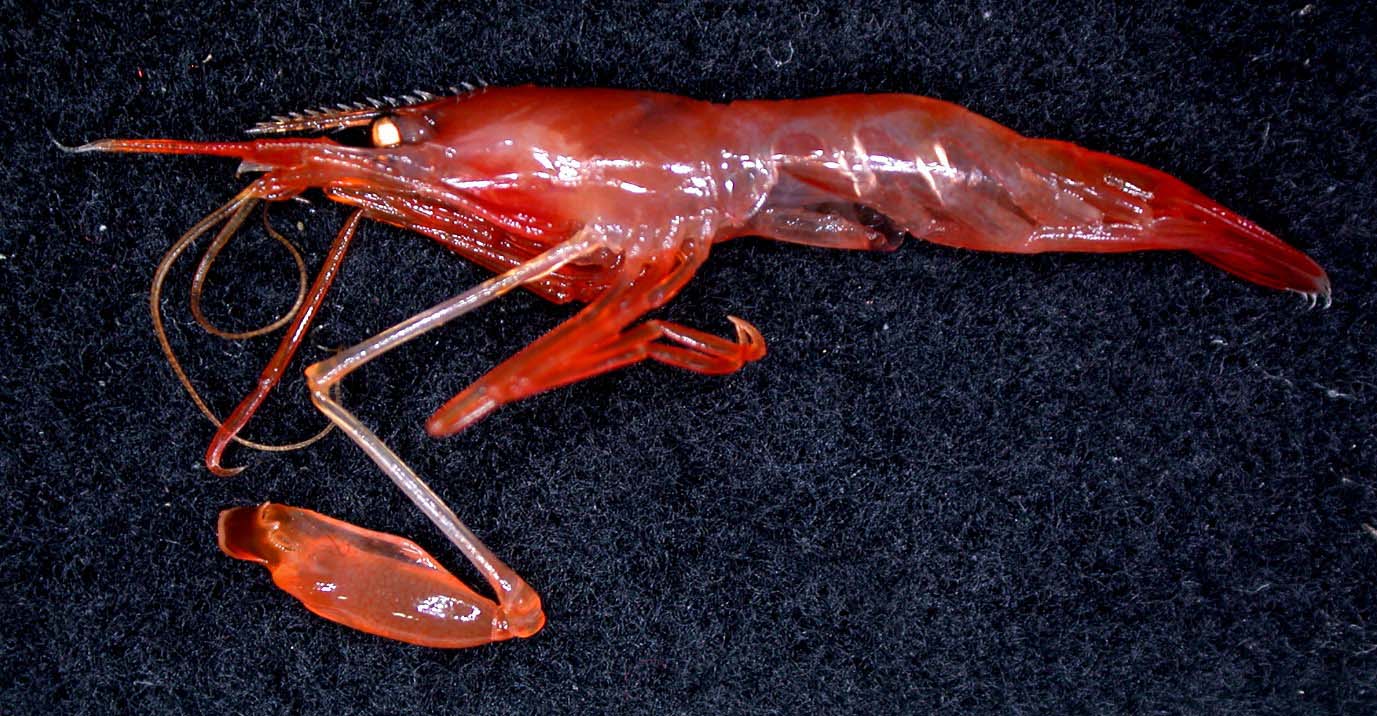 A shrimp (Hippolytus sp.) with a specially hooked claw to clean food off coral. (CSIRO)
A shrimp (Hippolytus sp.) with a specially hooked claw to clean food off coral. (CSIRO)
Armed with a huge body of data, the researchers now understand more about this region than ever before, and that includes its fortitude.
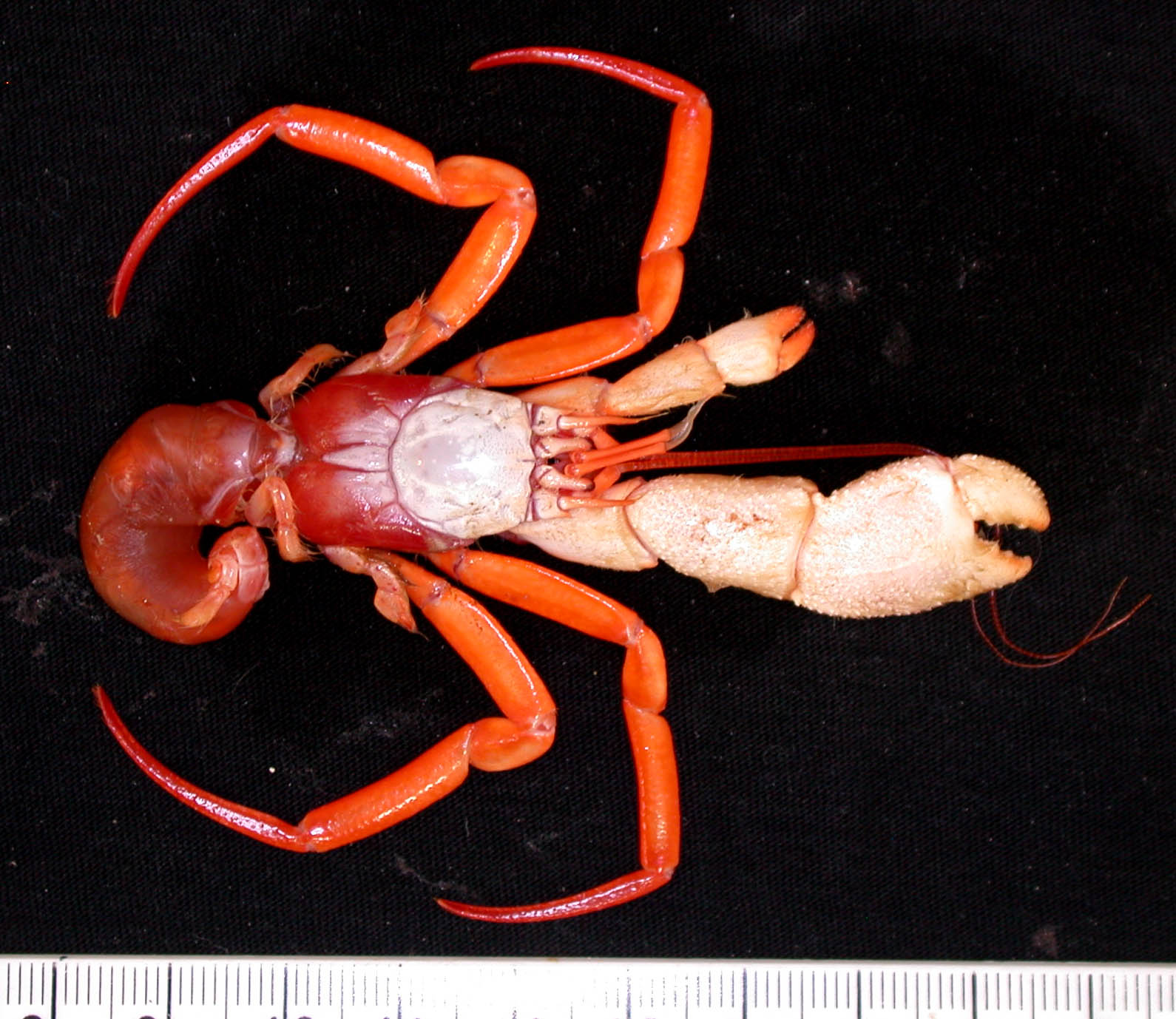 Hermit crab (Parapagurus richeri). (CSIRO)
Hermit crab (Parapagurus richeri). (CSIRO)
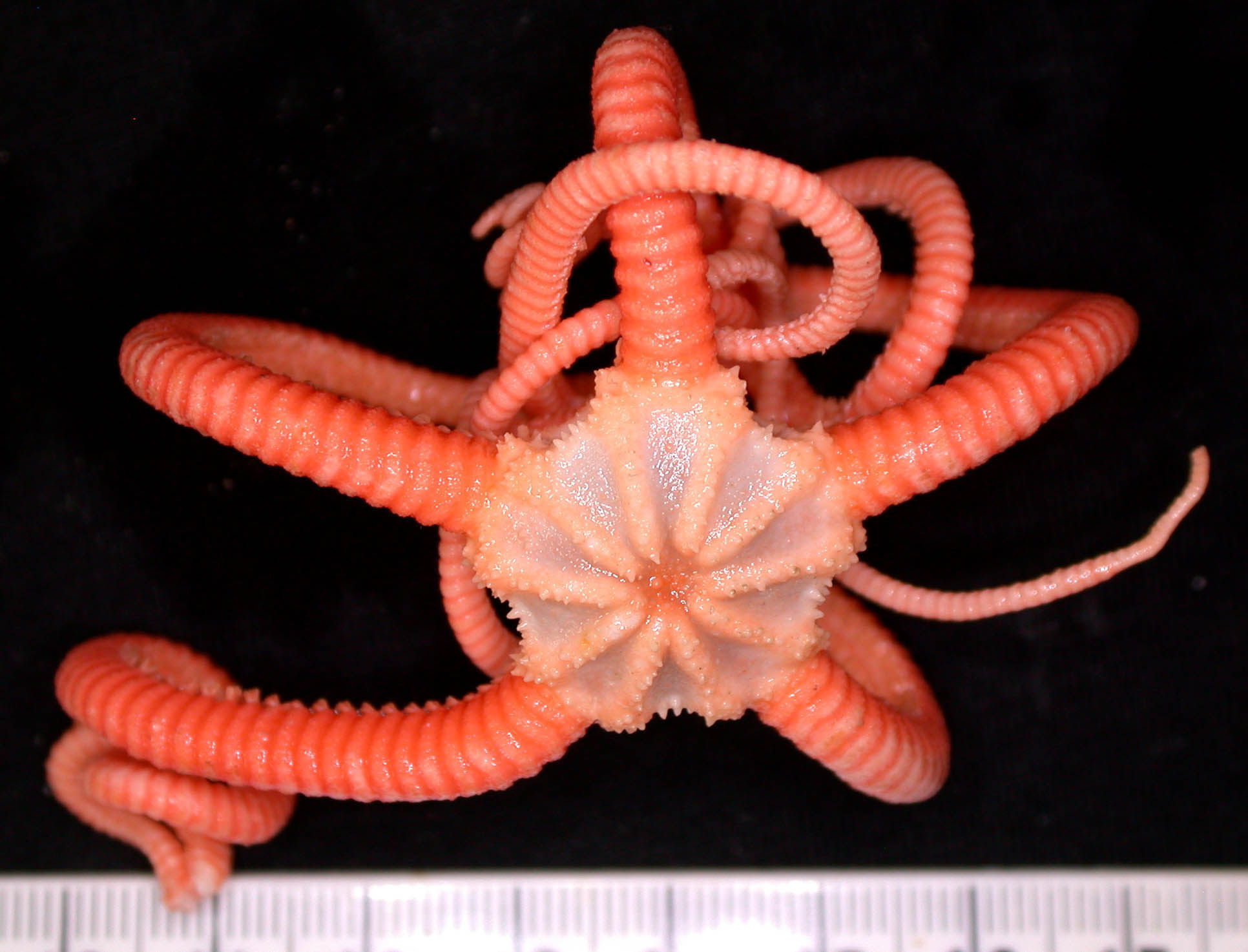 Brittlestar (Gorgonocephalidae sp.). (CSIRO)
Brittlestar (Gorgonocephalidae sp.). (CSIRO)
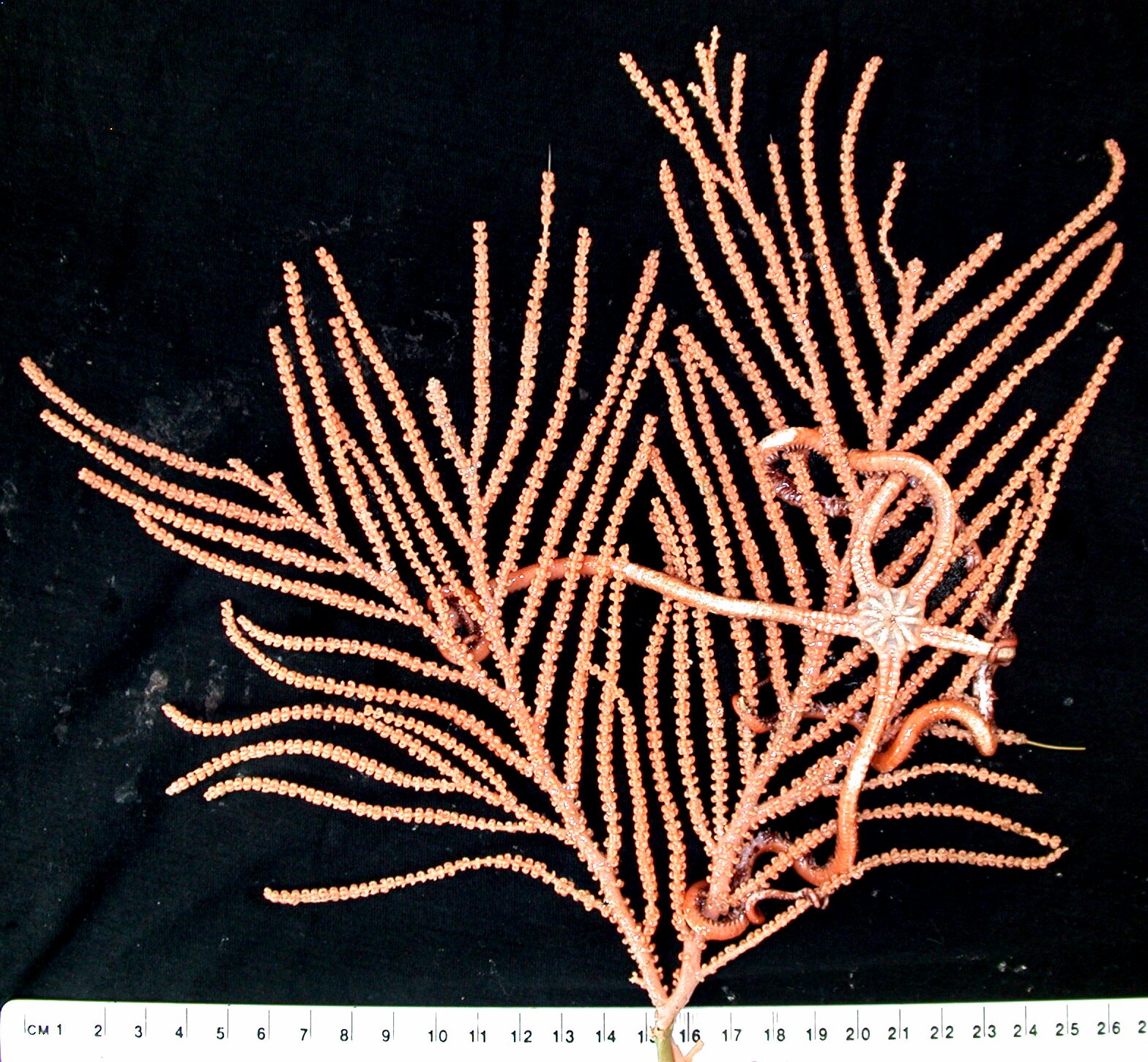 A brittlestar on soft coral (Calyptrophora octocora). (CSIRO)
A brittlestar on soft coral (Calyptrophora octocora). (CSIRO)
"Our detailed sampling was on seamounts that were previously impacted by bottom fishing but have been protected since for more than 20 years," says Williams.
"While we saw no evidence that the coral communities are recovering, there were signs that some individual species of corals, featherstars and urchins have re-established a foothold."
